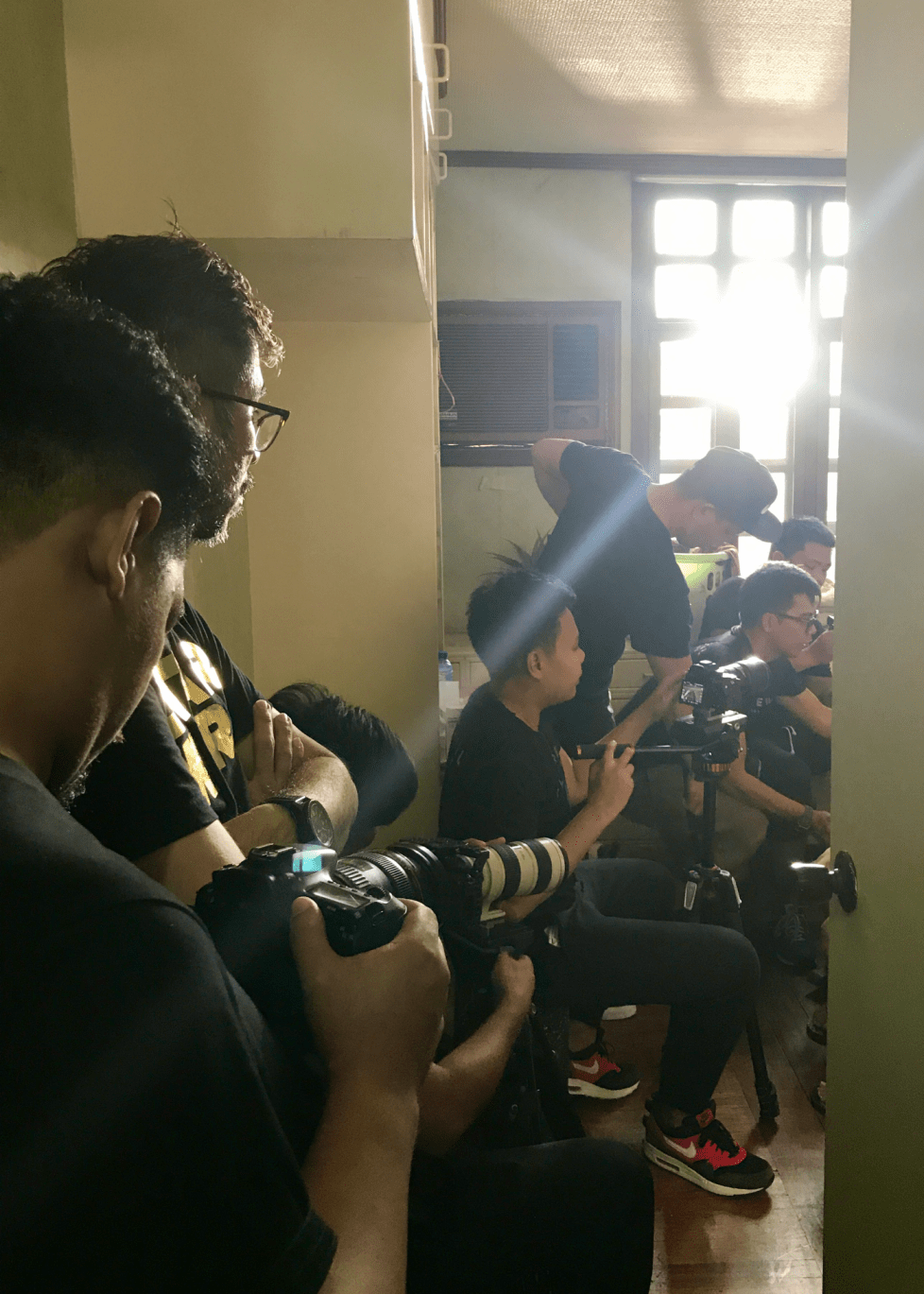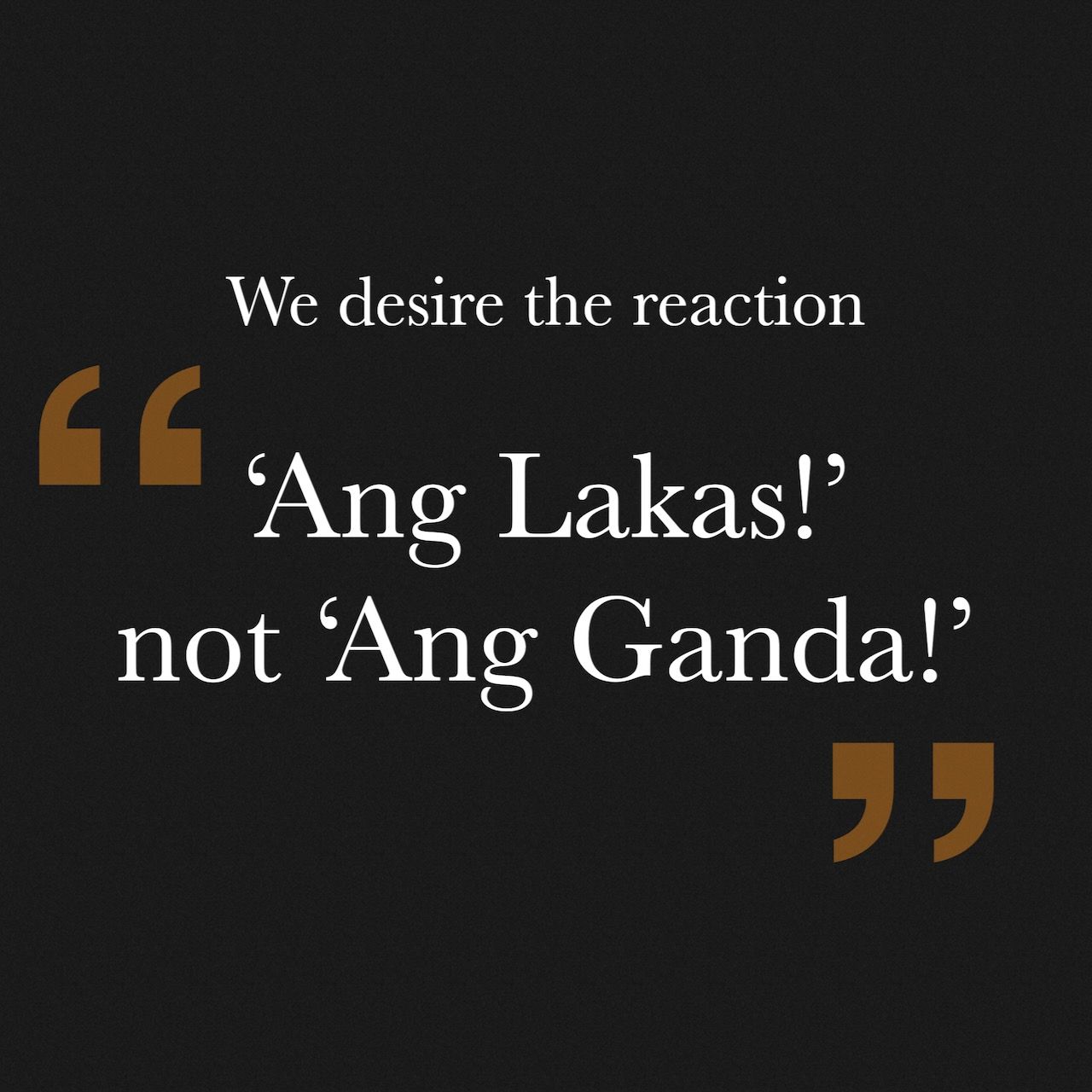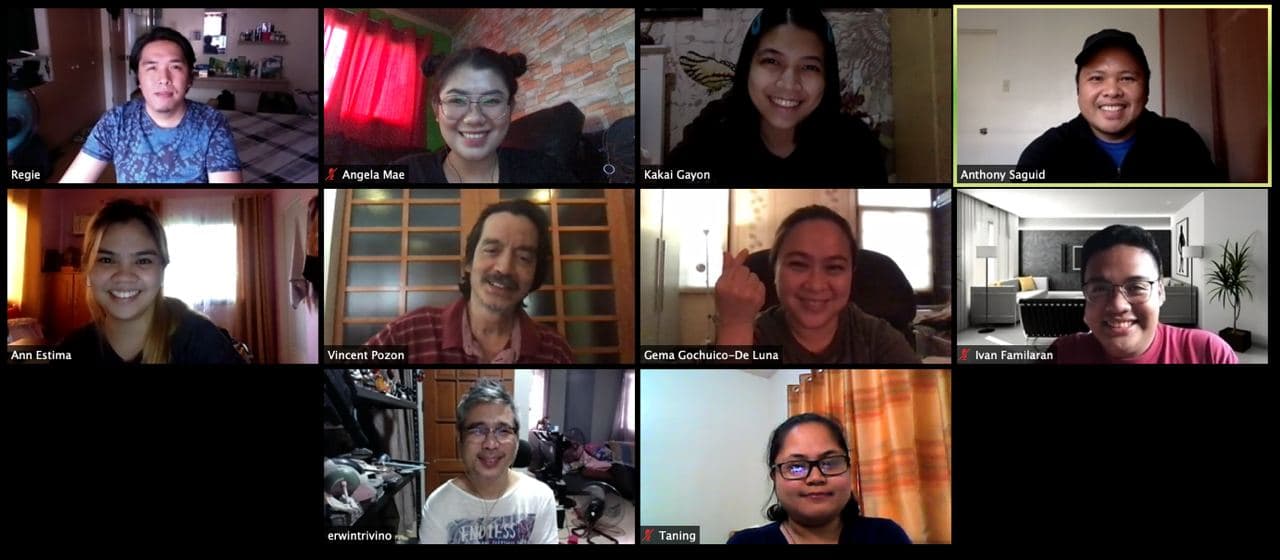By Vincent R. Pozon
Lead times are inventions of the structure of a company
During the bad, old days of advertising, Accounts, Copy and Art were distinct and discrete functions and departments.
It was a production line. Housed in separate rooms and managed by separate managers, people did not work together. In many agencies, they were like separate kingdoms, each protecting itself from the others. The system made for bloody conflicts which the industry accepted as part and parcel of the industry.
The account manager hands a requirement to a copywriter, to create, say, a print ad, and to do so in whatever was stipulated in the table of lead times. The writer will, in turn, knock on the door of Art, and ask them to create a compre, meaning a rough sketch of the advertisement. The leadtime schedule is consulted; people would, when negotiating or arguing about deadlines, consult the god that is the timetable. After accomplishment, the assigned artist asks the executive art director for approval or inputs, after which the work is submitted to Accounts, who will reject, ask for reshaping, revising, rewording, or a refocusing. The account manager will then ask his superiors for approval, who will ask for reshaping, revising, rewording, or reject the work entirely.
The system was a client-supplier relationship, an inefficient and slow one. Not slow as in humdrum, but as in wearisome: full of drama and obstacles. There was, and is, Traffic, an entire department tasked to monitor the efficiency of the manufacturing line, and to mediate in conflicts.
Leadtimes are helpful when there are different departments trying to work together. The job order form was necessary to initiate work. “No J.O., No Work” is a sign you’ll find posted on the walls. When I was head of a large creative department, I created one of the most comprehensive job requisition forms in the industry. You tend to defend your department fanatically from unnecessary work and from requirements slovenly put together.


WHEN FAST IS A MINIMUM EXPECTATION, the recourse of reshooting is not allowed. Everybody attends shoots.
To make work faster, you knock down walls
The global industry created the creative team, a tandem composed of the copywriter and the art director. No longer did the writer write a headline and give it to somebody in another room for a layout. They worked together, breathed the same air, subbed for each other, blurred the divisions: the art director could and would write; the copywriter could and would come up with the big picture.
But that revision of the production line was insufficient.
The need for speed
Fast must be part of culture because speed fixes problems: the speed of the agency helps extricate clients from their problems. When you are fast, you gain time – to address miscommunication, to repair.
World-class creative work loses impact when delivered in slow motion. But speed in an agency can only exist when people mature from being craftsmen to people who can think about the future and viability of the company.
When I grew out of craft and into corporate, out of grumbling about deadlines and defending creatives, the need for speed became conspicuous.
Work is slow when there is excessive emphasis on craft. Craft should succumb to strategy. Clarity and effectiveness should prevail over style and the reflex to look artsy.

In one agency, I knocked down the wall between Copy and Art; in another, I knocked down the one between Accounts and Creative, creating Business Teams, mini-agencies, or silos. I tried expanding the idea: I assigned finance and media people to the teams, but that experiment was overtaken by the unbundling of media services.
What is 'fast'?
There is only one deadline – when it is needed.
Fast can be same-day delivery. A crisis hit Wyeth, a nutritional brand and our biggest client. A product was ordered recalled from the shelves, and they asked us to mitigate the public relations impact on the brand. The agency was called in late in the afternoon; we were back in client offices in just hours, with six options. The country manager, impressed and thankful, had difficulty choosing between studies.



SPEED IS REQUIRED by the urgency of the requirements, and by circumstances beyond the control of client and agency. When talents are celebrities or public servants, scheduling and length of shooting days are large concerns.
Fast must be at all levels of production: Mister Donut, the largest then, needed merchandising materials ahead of the television campaign for dissemination to the various stores. We had a preproduction meeting in the afternoon; and we shot in the evening, and submitted the final art to client the next day.
What can you do in five days? We were asked to do a speculative presentation for HCG, a brand of bathroom fixtures. We presented five integrated marketing campaign options, with research, with detailed budgets. And five rough television commercials, not storyboards.
We were awarded the account immediately after the presentation. The marketing director said, “you understood in a week what took me seven months.”
The marketing director said, “you understood in a week what took me seven months.”
RFM-Swift, a large food concern, wanted to air an ad for their sports advocacy in seven days, and it was a deadline we couldn’t move — start of the Olympics. The results: we aired a film advertisement we were particularly proud of.
Fast is days — not weeks, like a cough syrup campaign for Robitussin developed in two days. We presented two strong alternative campaigns to client. Client was ecstatic. It was a landmark year in sales for the brand. If I am not mistaken, it became market leader.
A more recent success was J.V. Ejercito's JV is the Good One political campaign. It was ready for airing a week after it was presented.
Caveat: You can only be fast if client is there in the trenches with you. If we were fast, our speed was met with swiftness in the approval process.


The intent is to spawn a thousand ideas, and then edit, mold, and flesh out the best idea into an effective campaign. Think of brainpicking as a creative process that is simpler, gentler, more natural, faster, and, best of all, more harmonious.
Key to speed: working together
We instituted a faster and more natural way to ideate: brainpicking. We killed the lonely writer. We believe more heads are better than one burning the midnight oil.
IDEO is the world's most influential design firm. They create 90 new products a year. Including the most innovative products — laptop computers, virtual reality headgear, the ATM. But the firm's defining quality is the process of creativity itself.
We killed the lonely writer. We believe more heads are better than one burning the midnight oil.
“Ideo staffers don’t just sit around waiting for good ideas to pop into their heads. The company has institutionalized a process whereby ideas are coaxed to the surface… At Ideo, idea-generation exercises are ‘practically a religion’,” Tom Kelley says in his book ‘The Art of Innovation: Lessons in Creativity from Ideo, America’s Leading Design Firm’.
“The social ecology at many American companies says that when you’re stuck, you’re supposed to go back to your desk and think harder, because you were hired for your skills,” Kelley added. “At Ideo, the culture is exactly the opposite. You have a social obligation to get help.”
“Collective idea generation is so important at Ideo that a staffer caught trying to solve a problem alone at his desk” may be reprimanded for wasting his time and the client's money. (Linda Tiscler, “Seven Secrets to Good Brainstorming", Fast Company)
Why be fast?
The only assets of an ad agency are accounts and people – both vulnerable to piracy. Globally aligned agencies have clients falling onto their laps. Speed is a competitive edge difficult for multinational ad agencies to match. The independent should be faster, wear the stance of the hungry.
To work faster, you just have to work together.
After a year of college, Koyang entered advertising, and there he stayed for half a century, in various agencies, multinational and local. He is known for aberrant strategic successes (e.g., Clusivol’s ‘Bawal Magkasakit’, Promil’s ‘The Gifted Child’, RiteMED’s ‘May RiteMED ba nito?”). He is chairman of Estima, an ad agency dedicated to helping local industrialists, causes and candidates. He is co-founder and counselor for advertising, public relations, and crisis management of Caucus, Inc., a multi-discipline consultancy firm. He can be reached through vpozon@me.com.
If you liked what you just read and want more of Our Brew, subscribe to get notified. Just enter your email below.


Related Posts
The Party as a Person: The Story of ‘Pag Mahal Mo, Akbayan Mo’
May 16, 2025
Frequently-Asked Questions About Advertising – Part VII
Apr 11, 2025
Stanford's Massive Tobacco Ad Archive Reveals a Century of Psychological Manipulation
Jan 30, 2025